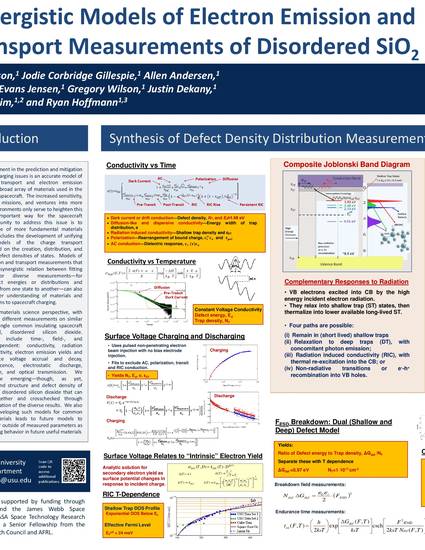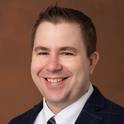
A critical component in the prediction and mitigation of spacecraft charging issues is an accurate model of the charging, transport and electron emission properties of a broad array of materials used in the construction of spacecraft. The increased sensitivity, longer-duration missions, and ventures into more demanding environments only serve to heighten this need. One important way for the spacecraft charging community to address this issue is to expand the role of more fundamental materials physics. This includes the development of unifying theoretical models of the charge transport equations based on the creation, distribution, and occupancy of defect densities of states. Models of electron emission and transport measurements that emphasize the synergistic relation between fitting parameters for diverse measurements—for example, defect energies or distributions and transition rates from one state to another—can also lead to a better understanding of materials and facilitate solutions to spacecraft charging.
We present results of many different measurements on similar samples of a single common insulating spacecraft base material, disordered silicon dioxide. Measurements include time-, field-, and temperature-dependent: conductivity, radiation induced conductivity, electron emission yields and spectra, surface voltage accrual and decay, cathodoluminescence, electrostatic discharge, endurance time, and optical transmission. We emphasize the emerging—though, as yet, incomplete—band structure and density of states model of disordered silicon dioxide that can be pieced together and crosschecked through careful consideration of the diverse results. We also discuss how developing such models for common spacecraft materials leads to future models to predict behavior outside of measured parameters as well as predicting behavior in future useful materials.
*Supported through funding from NASA Goddard Space Flight Center and a Senior Fellowship from the National Research Council and AFRL.
Available at: http://works.bepress.com/allen_andersen/53/
